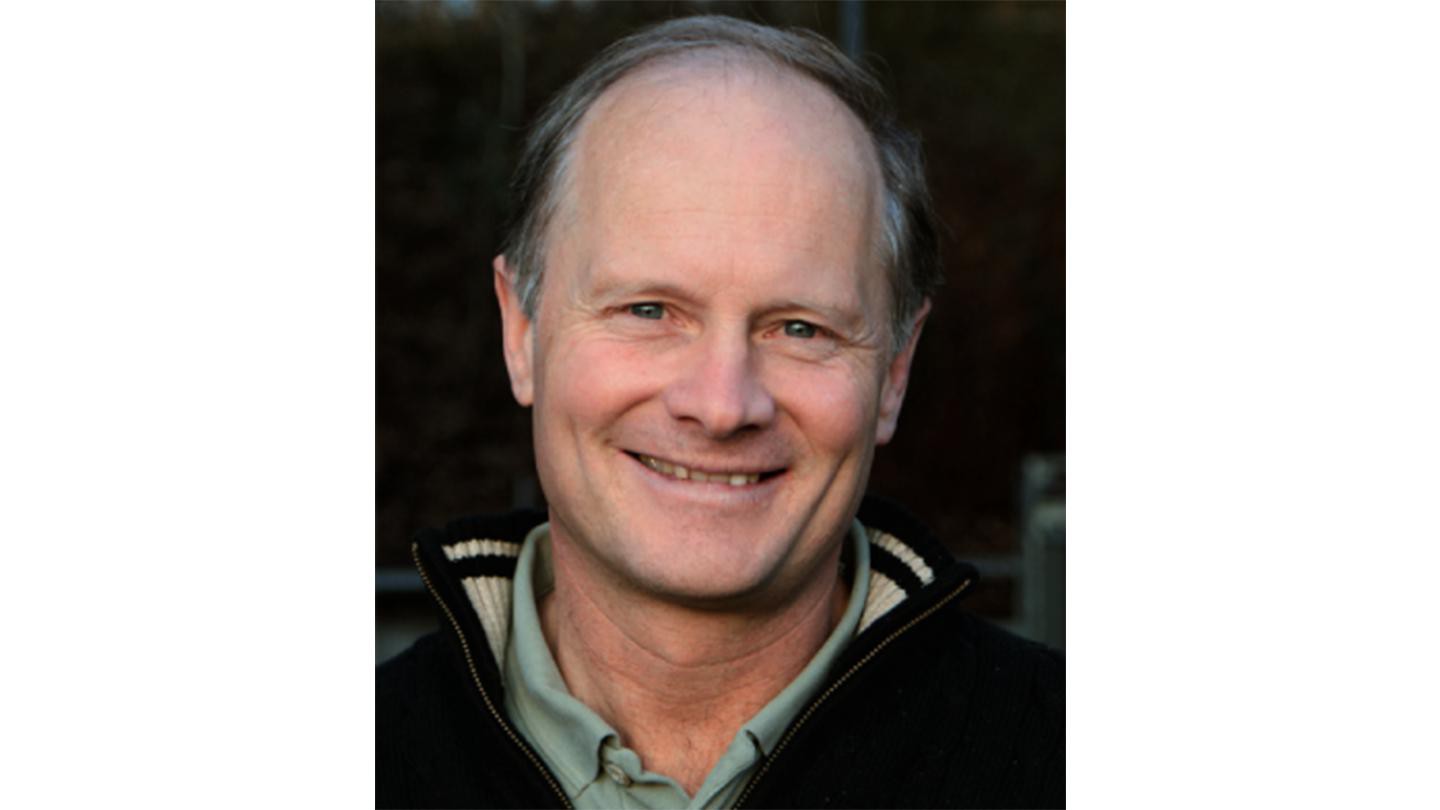What is Life? Can We Measure it?

Event details
| Date | 06.10.2022 |
| Hour | 17:15 › 18:45 |
| Speaker |
Prof. Dwayne Miller University of Toronto |
| Location | |
| Category | Conferences - Seminars |
| Event Language | English |
The posed quintessential question is not cast as an origins of life issue here but rather directed towards understanding the underlying mechanism by which chemistry breathes life into otherwise inanimate matter. The real issue is how chemistry scales in complexity up to the level of biological systems. For even relatively small molecules (e.g., 10 to 100 atoms), there are an enormous number of possible nuclear configurations that could propagate the system from one molecular form to another during a chemical event. Chemistry is inherently a high dimensional problem of order 3N and highly nonlinear in sampling rates for different reaction trajectories. To explain the observed time scales for chemistry and biological processes, there must be an enormous reduction in dimensionality at the barrier crossing region (controlling the kinetics) in which a few key modes direct the chemistry – irrespective of complexity. The challenge is to try to unearth these motions and to understand a priori which motions are directing the chemistry and thereby biological functions. With the recent advent of ultrabright electron sources, it is now possible to directly observe the atomic motions involved to complete the picture. Based on model systems, a simple concept is introduced to understand the spatially correlated forces leading to generalized reaction mechanisms, which makes chemistry a transferrable concept. This insight is based on a molecular frame of reference. The problem is much more challenging within cells where the number of possible interactions becomes truly astronomical, as will be discussed. The lessons learned above give hope to find similar dynamically coupled spatial correlations, but these will be related to free energy gradients that arise within intracellular architecture. New technologies, based on the space charge limits mastered in ultrabright electron source development, will dramatically improve ion collection for spatial imaging mass spectrometry that may enable us to look inside the cell to directly observe the driving forces for living systems, i.e., to quantify life. It will be interesting to see if there is a recurring pattern in how nature harnesses chemistry over different length and time scales to lead to living systems.
Practical information
- General public
- Free